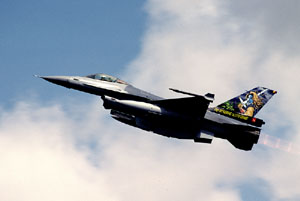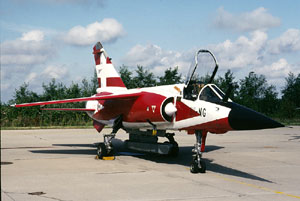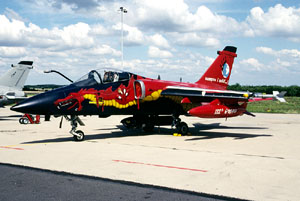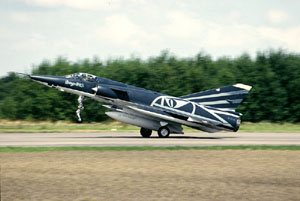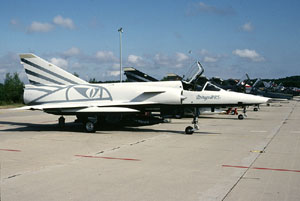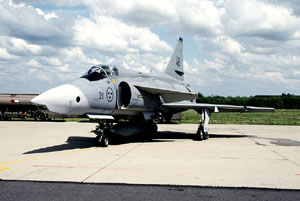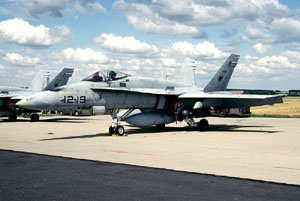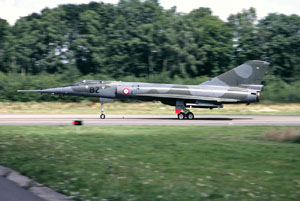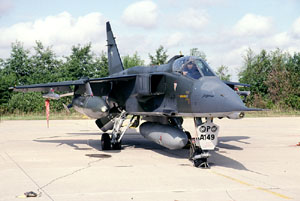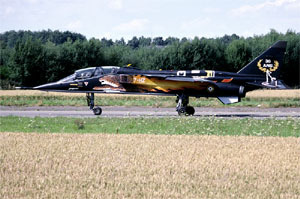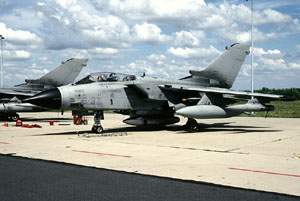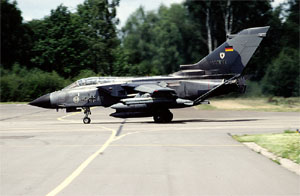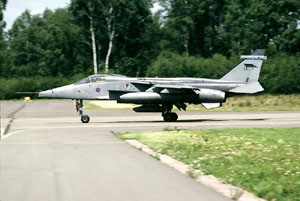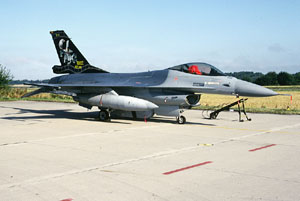Second Reconnaissance Meet
Florennes, Belgium, 31 July 2003
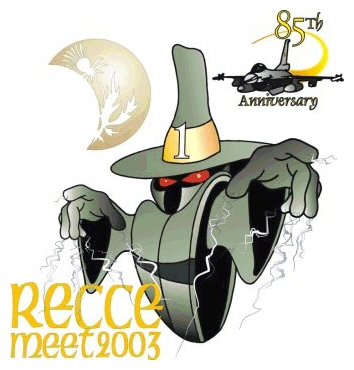
Back in the good old days of the 1960's and 1970's, NATO used to organise events like Royal Flush and Best Focus. These were reconnaissance exercises with an element of competition, or should it be described as competitions with an element of exercise. Anyway, both Royal Flush for Central European based units and Best Focus for their colleagues in Northern Europe were discontinued in the early 80's. In 2002, the Belgian Air Force, sensing a reduction in both numbers of recce tasked aircraft and units performing this mission decided to attempt to revive a pure reconnaisance aimed exercise. Organising unit was No. 1 squadron based at Florennes. This unit had gained the reconnaissance role in 1999. Many European NATO and non-NATO nations took part, major absentee being the Royal Netherlands Air Force and it's F-16AM's. Since re-roling 306 sq from recce to training, reconnaissance no longer has priority with the KLu anymore.
